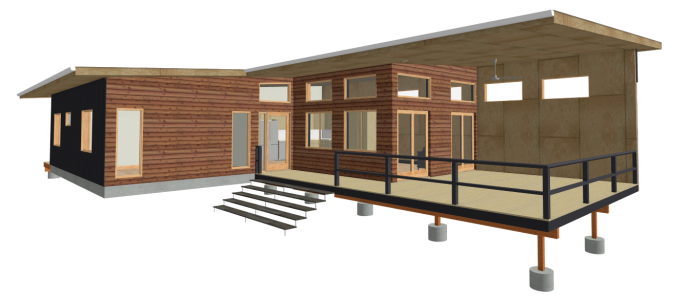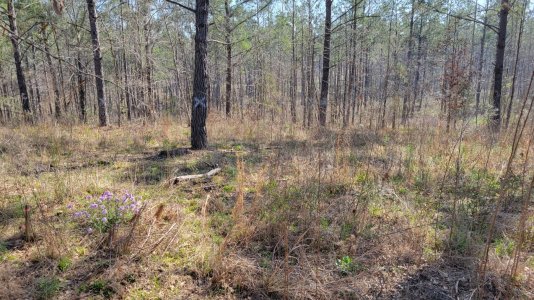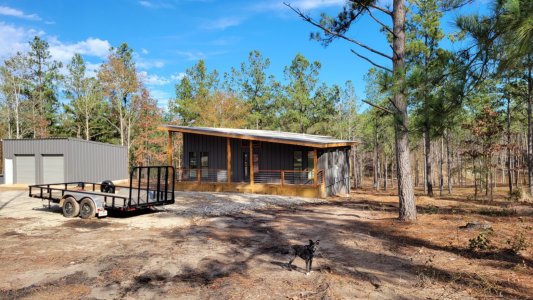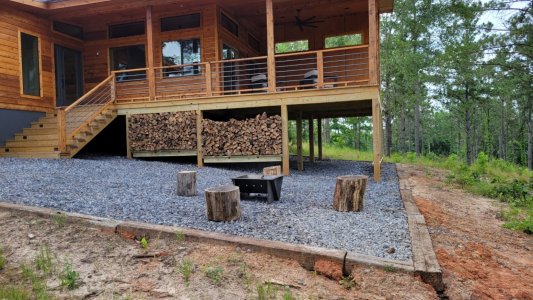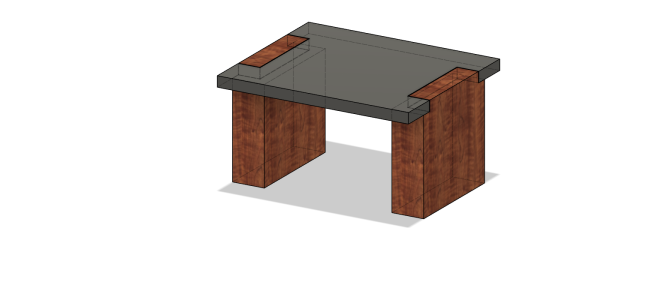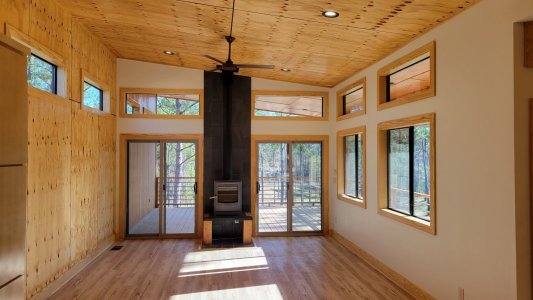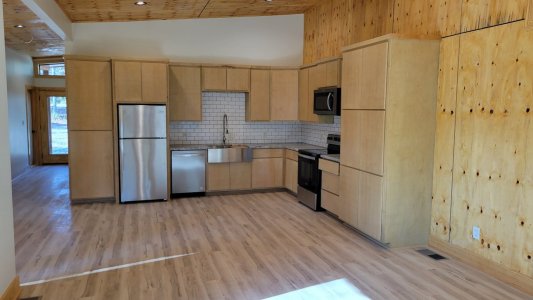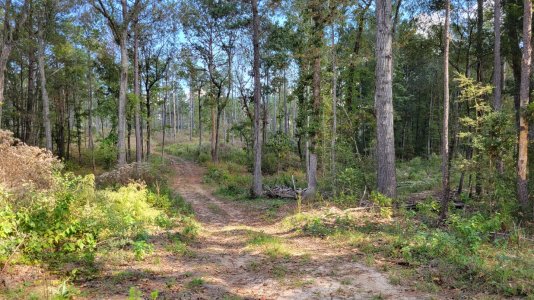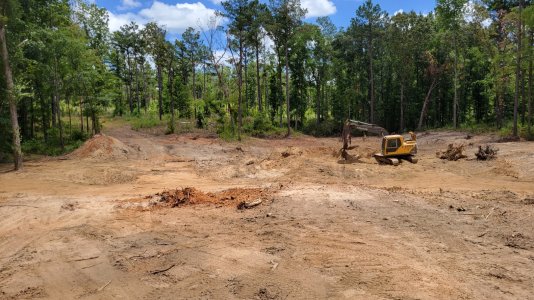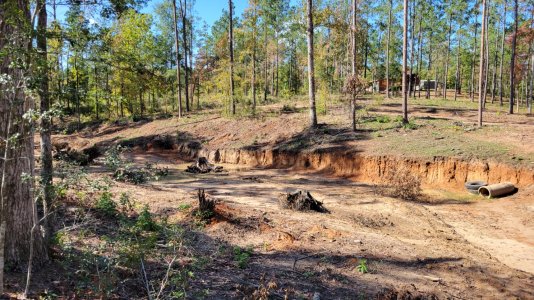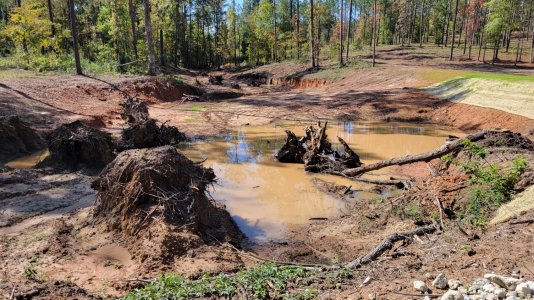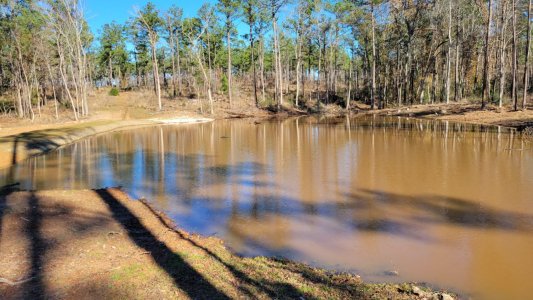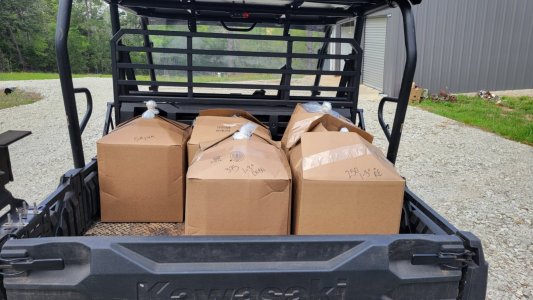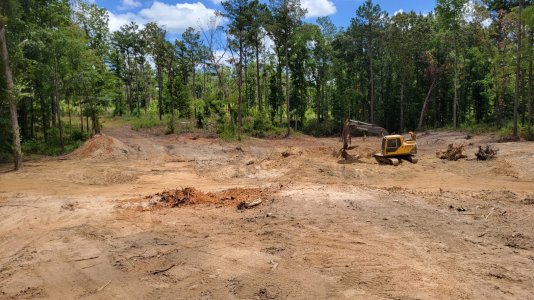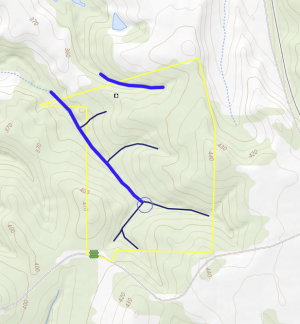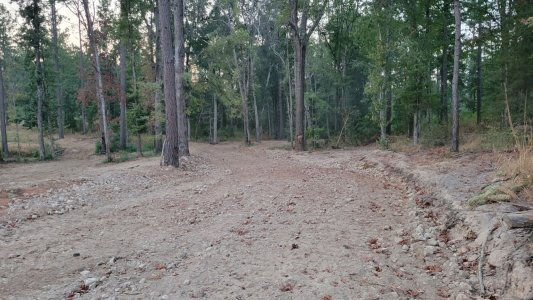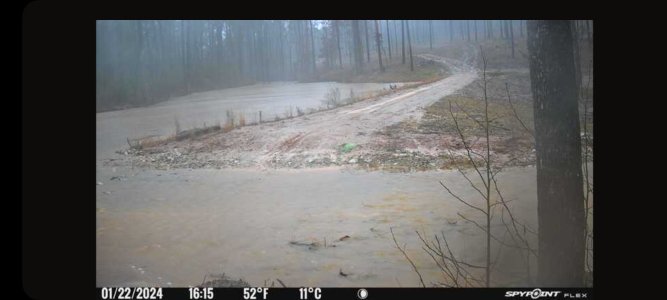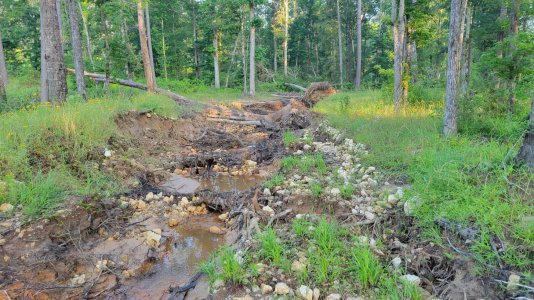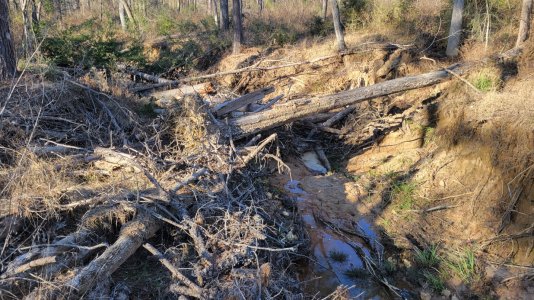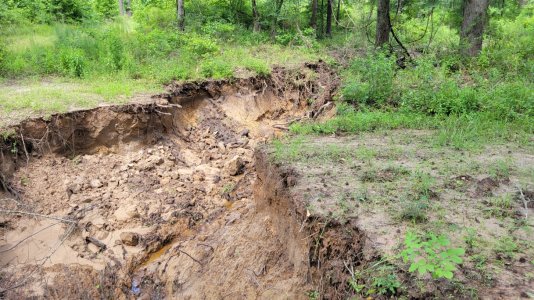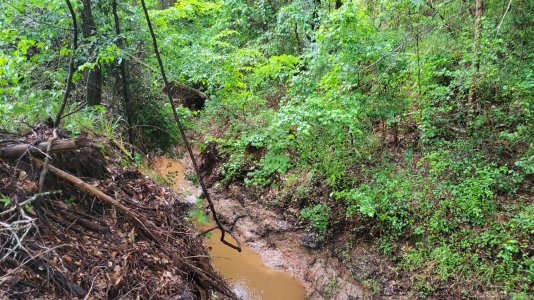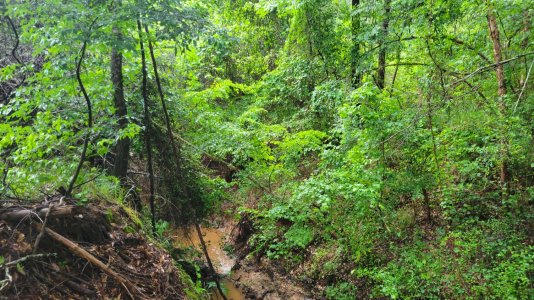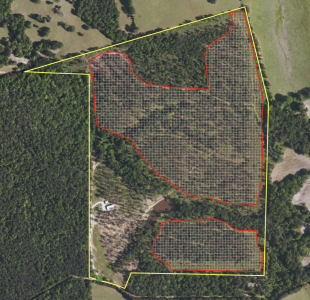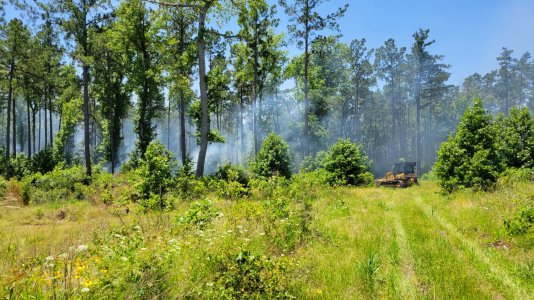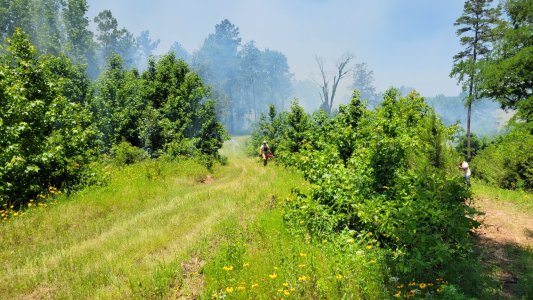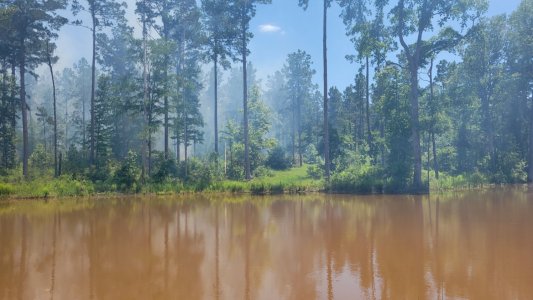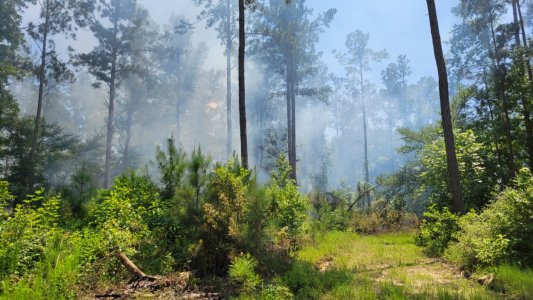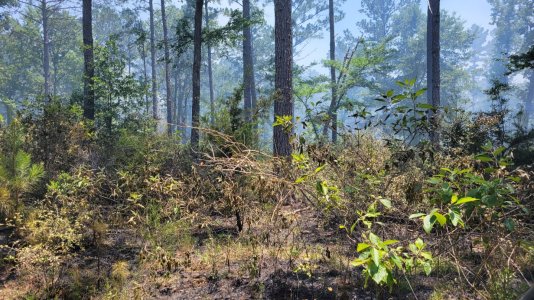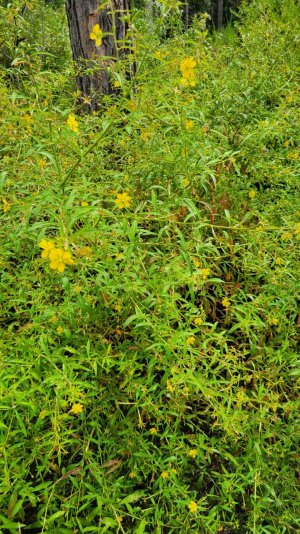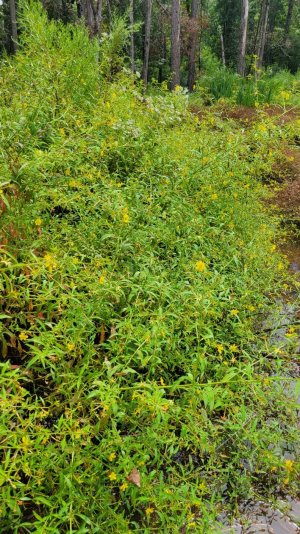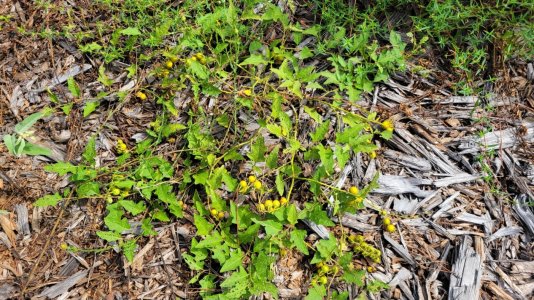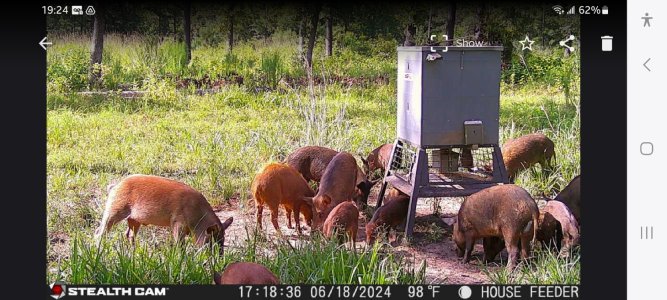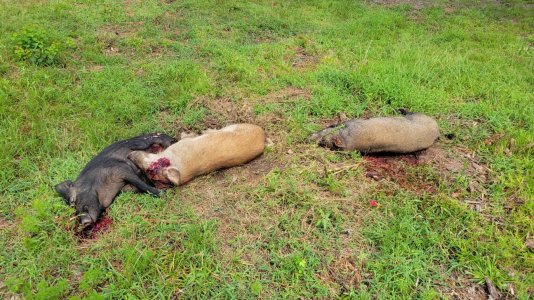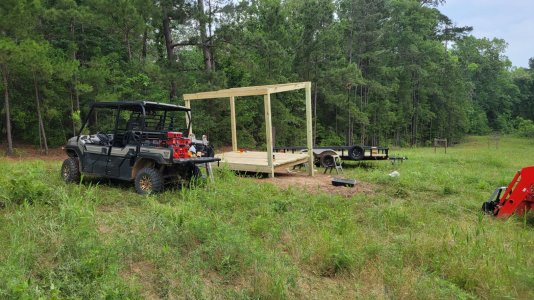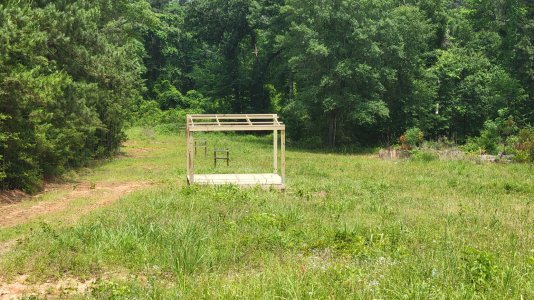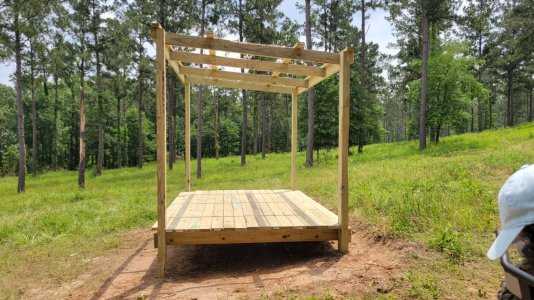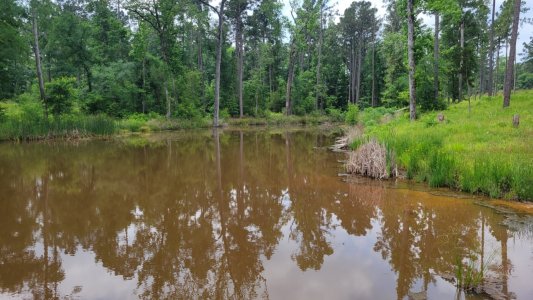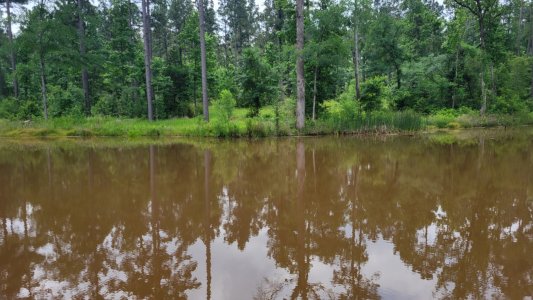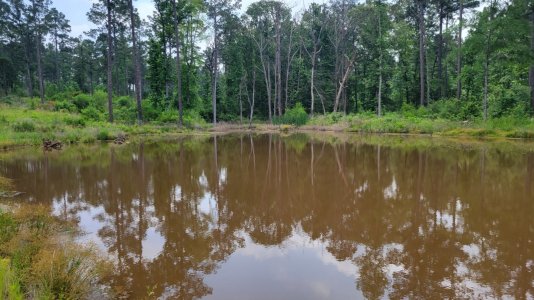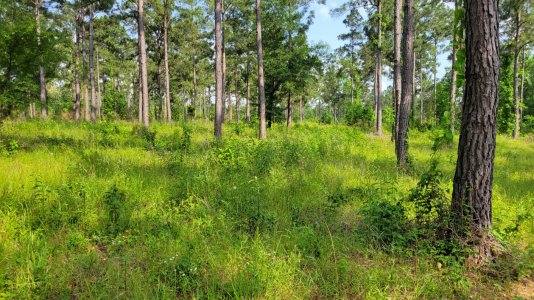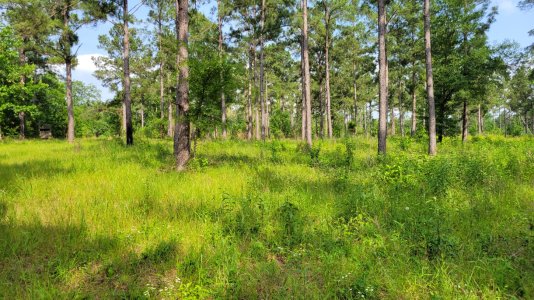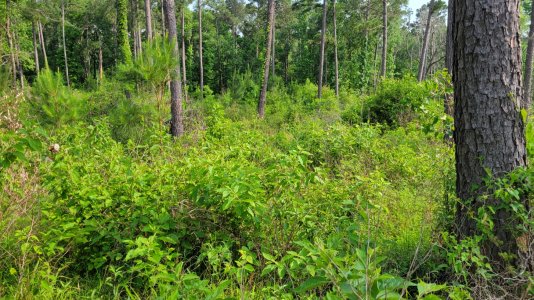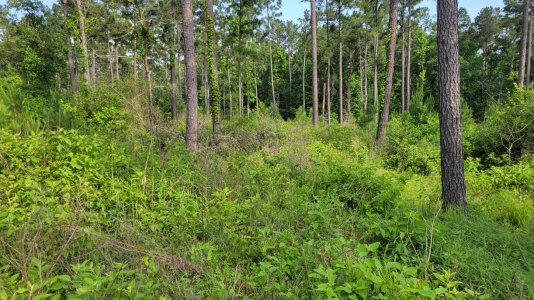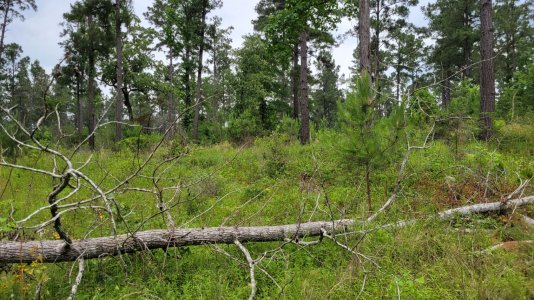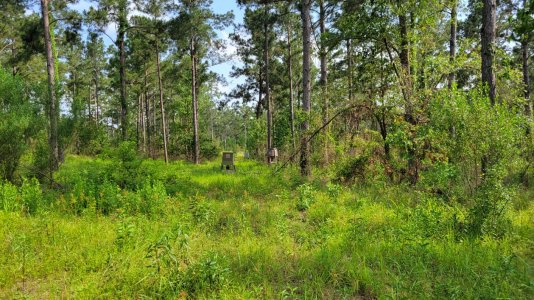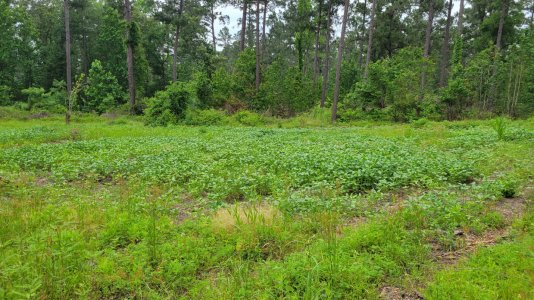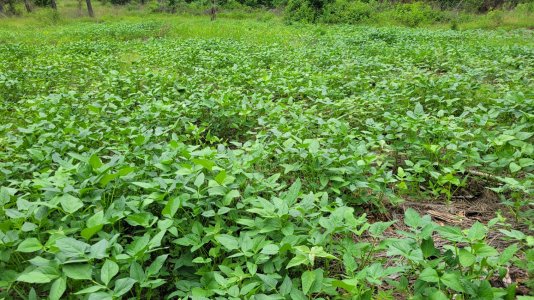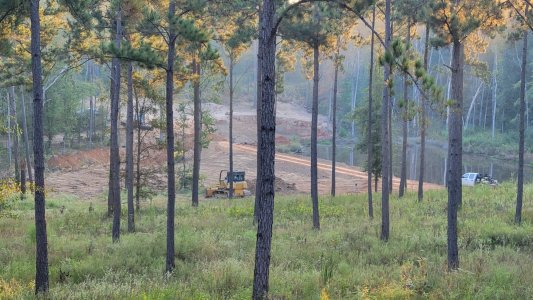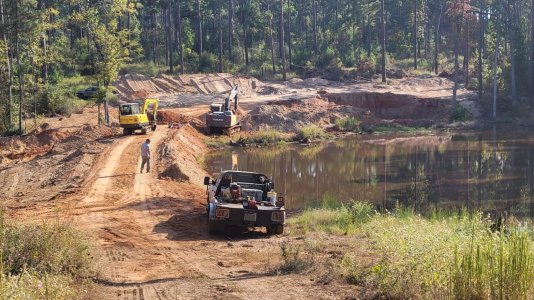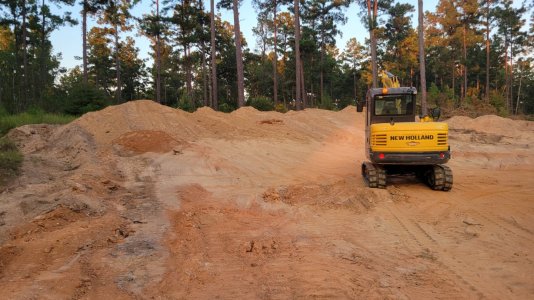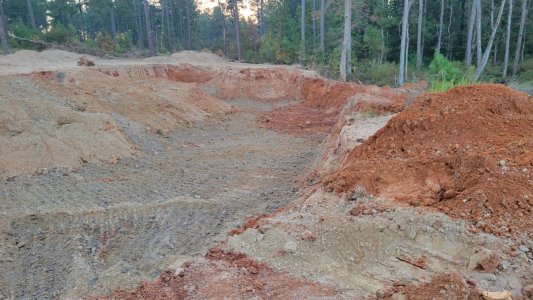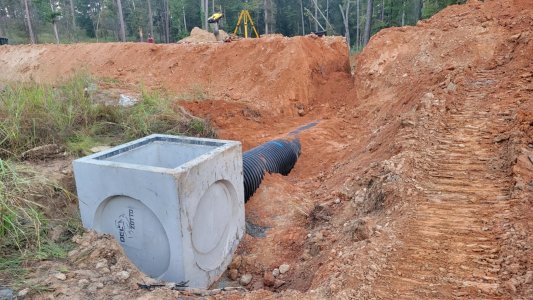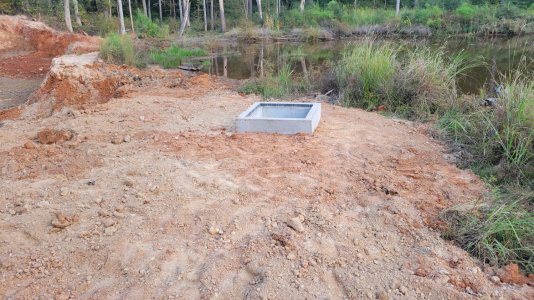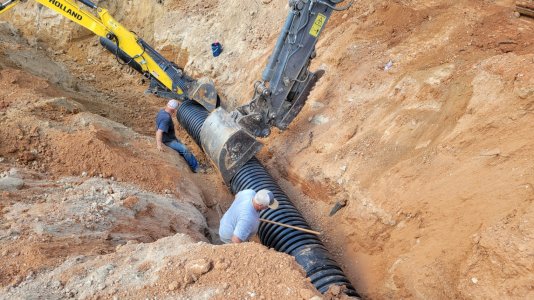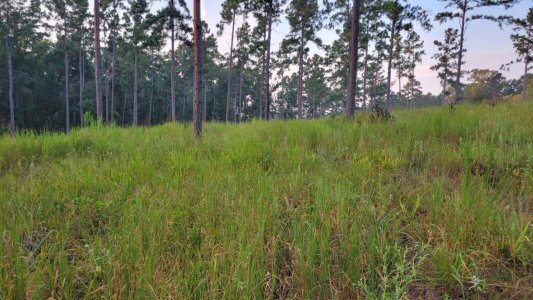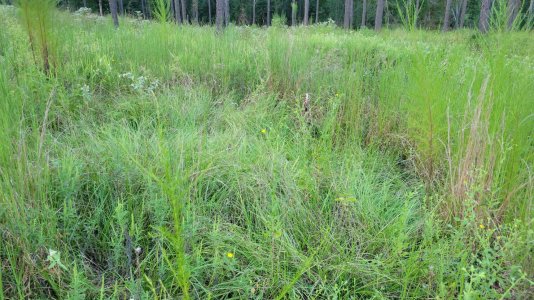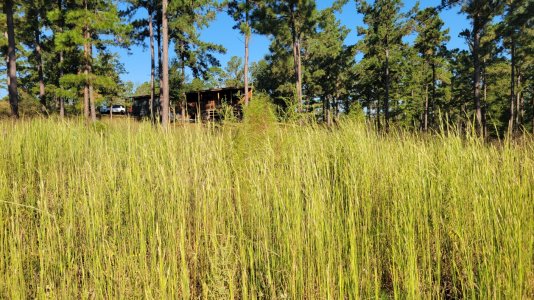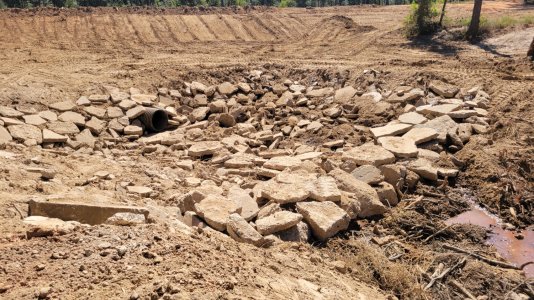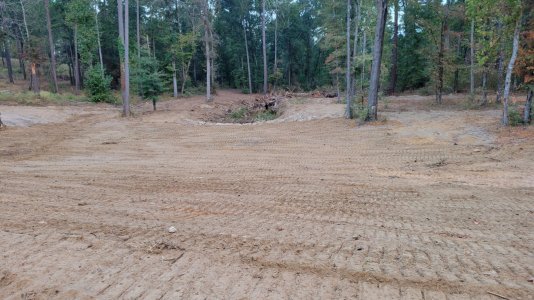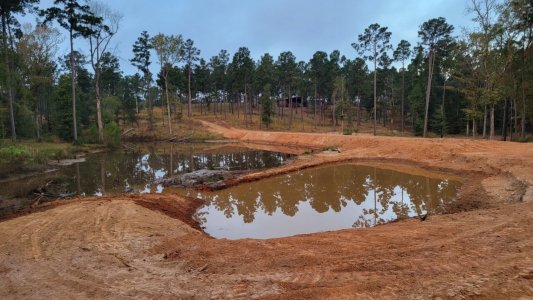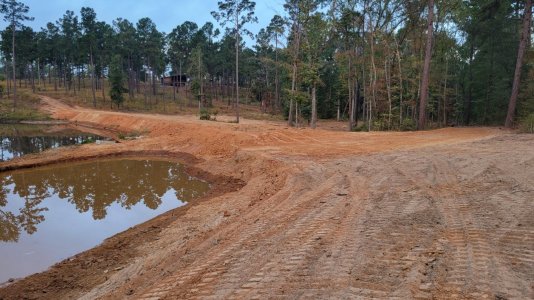Having been reading for a long time, I hope y'all don't mind me posting our place. Hopefully I can pick up some good guidance as we go - I'm learning every day I work on the property, and there's so much to be done.
We purchased 98 acres in deep East Texas back in 2021, our goals were to create a place where we could hunt, recreate, work remotely when work allowed, and to really create a space to focus on conservation and native habitat while being able to get out of the city as often as possible. I know that's not a big native space, but I figured every little bit counts, and I only have so many hours of labor available!
We spent the better part of the year hunting for a place within 2 hours of Houston -- I had been on a lease in Central Texas for years, and the 4.5-5 hour drive each way really took a toll on how much time I could spend out there. So, 2 hours was the max we were willing to drive each way every week.
Luck was on our side, we found a property that was:
Secluded - small dirt county road, that turns into a private road just past our place means only 3-4 cars a day go by, and we know every one of them.
Interesting topography - for east Texas, it works out nicely with 120' of elevation change across the property. Not great for a lot of ag purposes, it's surprisingly hilly.
Just the right size - like Goldilocks, we didn't want something too small, like 10-20 acres that we could barely hunt, nor too large for our budget (cash and time)
In good shape - I can't begin to describe the wide variance in quality we were seeing, properties that were all flood plain with 5+ expired oil wells and trash heaps to nothing but improved grasses for cows, completely denuded. This one was a timber property owned by someone who cared, and had had its last commercial thinning done a few years before we bought it, which meant there were great trees, but it wasn't completely overgrown and impossible to navigate.
We pulled the trigger and got to work right away! Here's an overview of the land:
(Note - these satellite photos show the house and lake we built and some of the clearing, just imagine them not there :)
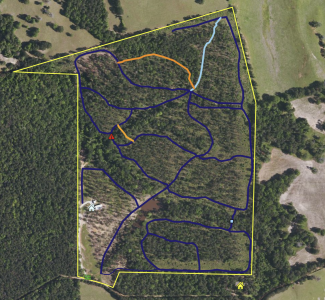
The colored lines are the trails on the property. We have excellent access to all of it. There's a nice mix of high and dry hills, and very low and wet creeks/bottoms.
You can see the cleared strips around some of the property lines, and a large area cleared around the house. That hill area is about 12 acres all in. These cleared areas are native meadow we're maintaining, and killing back the invasives/hardwoods as they come. We haven't planted anything but have instead been encouraging the native seedbank to grow more grass or forbs/flowers depending on the area with timed mowing and burning in specific zones.
and here's the topographic view:
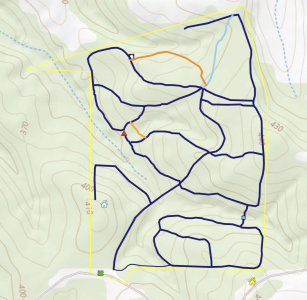
Finally, here's the current outlook on what we've been doing for this year (and next year's) projects:
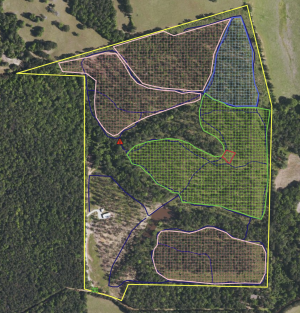
The pink zones are "to be left alone" for the next two years. They will ultimately get the TSI treatment, but we're trying to create a safe space while we trample over the rest of the property.
The blue zone is a known deer bedding area. Lots of good grass, and high brush boundaries make this a safe space, doesn't hurt that it's at a high elevation either.
The green zone is our current hunting zone and TSI area. We plane to have the eastern 2/3rds done this summer, and the western 3rd done this coming winter.
The small red box is a little "kill plot" at the end of a "deer funnel" we've created by cutting a wide trail with brush on either side leading from the end of the blue zone to the middle of the green zone. The idea is to create a feeding attractant along an easy, safe, route between bedding areas. It's working pretty well so far, we have corn and protein feeders along the funnel, and a tower box blind at the top 440' hill looking down into the funnel and an area all around it that has been TSI'd.
Next up: the house.
We purchased 98 acres in deep East Texas back in 2021, our goals were to create a place where we could hunt, recreate, work remotely when work allowed, and to really create a space to focus on conservation and native habitat while being able to get out of the city as often as possible. I know that's not a big native space, but I figured every little bit counts, and I only have so many hours of labor available!
We spent the better part of the year hunting for a place within 2 hours of Houston -- I had been on a lease in Central Texas for years, and the 4.5-5 hour drive each way really took a toll on how much time I could spend out there. So, 2 hours was the max we were willing to drive each way every week.
Luck was on our side, we found a property that was:
Secluded - small dirt county road, that turns into a private road just past our place means only 3-4 cars a day go by, and we know every one of them.
Interesting topography - for east Texas, it works out nicely with 120' of elevation change across the property. Not great for a lot of ag purposes, it's surprisingly hilly.
Just the right size - like Goldilocks, we didn't want something too small, like 10-20 acres that we could barely hunt, nor too large for our budget (cash and time)
In good shape - I can't begin to describe the wide variance in quality we were seeing, properties that were all flood plain with 5+ expired oil wells and trash heaps to nothing but improved grasses for cows, completely denuded. This one was a timber property owned by someone who cared, and had had its last commercial thinning done a few years before we bought it, which meant there were great trees, but it wasn't completely overgrown and impossible to navigate.
We pulled the trigger and got to work right away! Here's an overview of the land:
(Note - these satellite photos show the house and lake we built and some of the clearing, just imagine them not there :)

The colored lines are the trails on the property. We have excellent access to all of it. There's a nice mix of high and dry hills, and very low and wet creeks/bottoms.
You can see the cleared strips around some of the property lines, and a large area cleared around the house. That hill area is about 12 acres all in. These cleared areas are native meadow we're maintaining, and killing back the invasives/hardwoods as they come. We haven't planted anything but have instead been encouraging the native seedbank to grow more grass or forbs/flowers depending on the area with timed mowing and burning in specific zones.
and here's the topographic view:

Finally, here's the current outlook on what we've been doing for this year (and next year's) projects:

The pink zones are "to be left alone" for the next two years. They will ultimately get the TSI treatment, but we're trying to create a safe space while we trample over the rest of the property.
The blue zone is a known deer bedding area. Lots of good grass, and high brush boundaries make this a safe space, doesn't hurt that it's at a high elevation either.
The green zone is our current hunting zone and TSI area. We plane to have the eastern 2/3rds done this summer, and the western 3rd done this coming winter.
The small red box is a little "kill plot" at the end of a "deer funnel" we've created by cutting a wide trail with brush on either side leading from the end of the blue zone to the middle of the green zone. The idea is to create a feeding attractant along an easy, safe, route between bedding areas. It's working pretty well so far, we have corn and protein feeders along the funnel, and a tower box blind at the top 440' hill looking down into the funnel and an area all around it that has been TSI'd.
Next up: the house.

